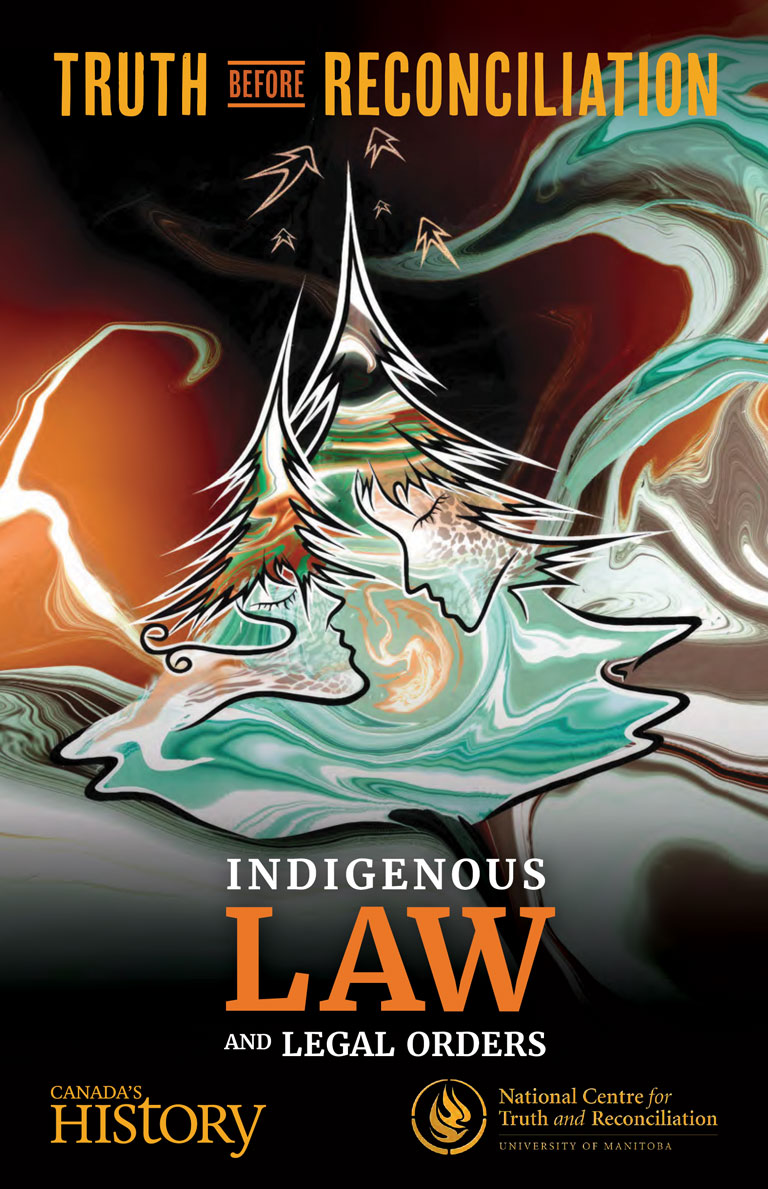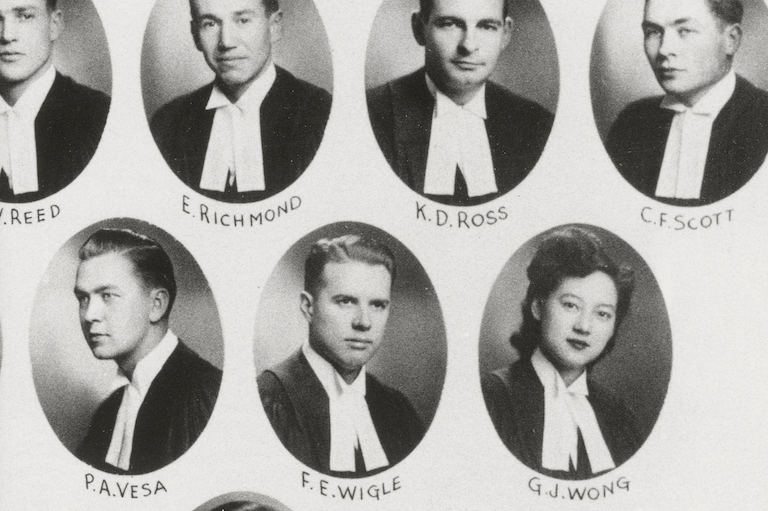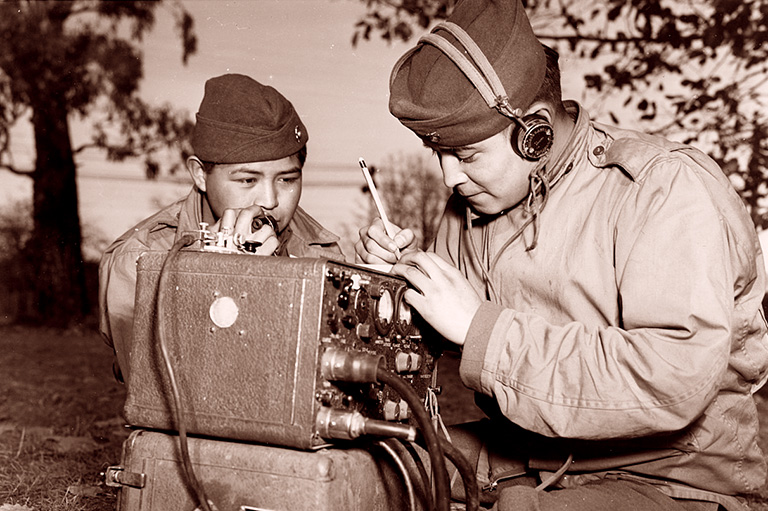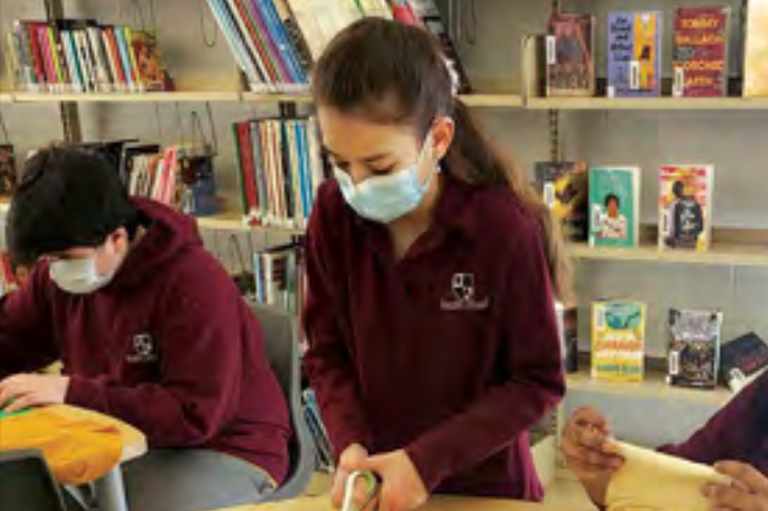Introducing and Understanding Law, Indigenous Law, and Legal Orders
Truth Before Reconciliation: Indigenous Law and Legal Orders Canada’s National History Society with the National Centre for Truth and Reconciliation |
| In this activity, students are introduced to a definition of law and explore the four characteristics that make up the concept of law. Students will learn about Indigenous law and understand that, along with norms, principles, processes, and legal actors, it forms a bigger system called an Indigenous legal order. Students will use case studies from different Indigenous communities to learn and explore aspects of a legal order. This lesson and related handouts can be found in the Educator's Guide. |
Teacher Background |
|
Activity: Part 1 |
1. Have students work in pairs or small groups to brainstorm a definition of “law.” You might want to use some of the following prompts to help them: What do you think “law” is? How would you explain what “law” means? Can you share any examples of laws you see in your life? Write the examples of laws that students come up with on the board. Work with students to look for similarities. Laws familiar to students may include traffic laws (seatbelts, speed limits, parking), safety laws (bike helmets), age of majority laws (voting, driving), and criminal laws (theft, violence). 2. Have students read page 6 of Truth Before Reconciliation: Indigenous Law and Legal Orders. 3. As a class or in small groups, ask your students to consider the questions posed in the red box about laws in the schoolyard:
Some additional prompts to help your students may include:
4. Explain to students that all of these elements that ensure that the schoolyard is fun and safe for everyone are part of law. Law is the rules that people follow, but also the process of figuring out and applying those rules, and the people involved. 5. Using pages 8-9 of Truth Before Reconciliation: Indigenous Law and Legal Orders, have students explore the four characteristics of law. Ensure that students understand the definitions of each of these concepts. 6. Provide students with the handout “Seatbelt Laws in Canada.” This provides some context about changing safety laws in Canada. Have students read the background information and then identify the ways in which this law is collaborative, public, socially constructed, and adaptable and responsive. 7. Have students revisit the definition that they first wrote for “law” and update it based on what they have learned through their conversations, readings, and activities. |
Activity: Part 2 |
1. Now that students are familiar with the concept of law, they can begin learning about Indigenous law and legal orders.
Have students read page 12 of Truth Before Reconciliation: Indigenous Law and Legal Orders to understand the components of Indigenous legal orders: Indigenous law, legal processes, norms, principles, rules, and legal actors. 2. To help solidify students’ understanding of these definitions, you can use the sheet titled “Parts of Indigenous Legal Orders” and have students match the terms and their definitions. 3. On page 19, there is an example of how the different parts of Indigenous legal orders work together to guide how people live, treat each other, and stay organized as a community. The example looks at Coast Salish fishing and foraging grounds. Have students identify all of the elements of the legal order within this example. 4. Students will now follow the same process using the attached example, “Respecting Caribou in Łutsël K’é Dene First Nation.” Pass out the handout with the background information and have students determine the Łutsël K’é Dene First Nation’s values, principles, rules, legal processes, legal actors, and law for protecting the caribou. As an extension activity for older students, they could also identify the ways in which the Yúnethé Xá Ɂetthën Hádı (caribou stewardship plan) is collaborative, public, socially constructed, adaptable, and responsive. |
Themes associated with this article
Advertisement






